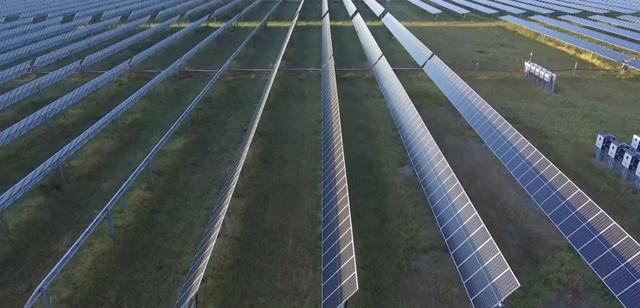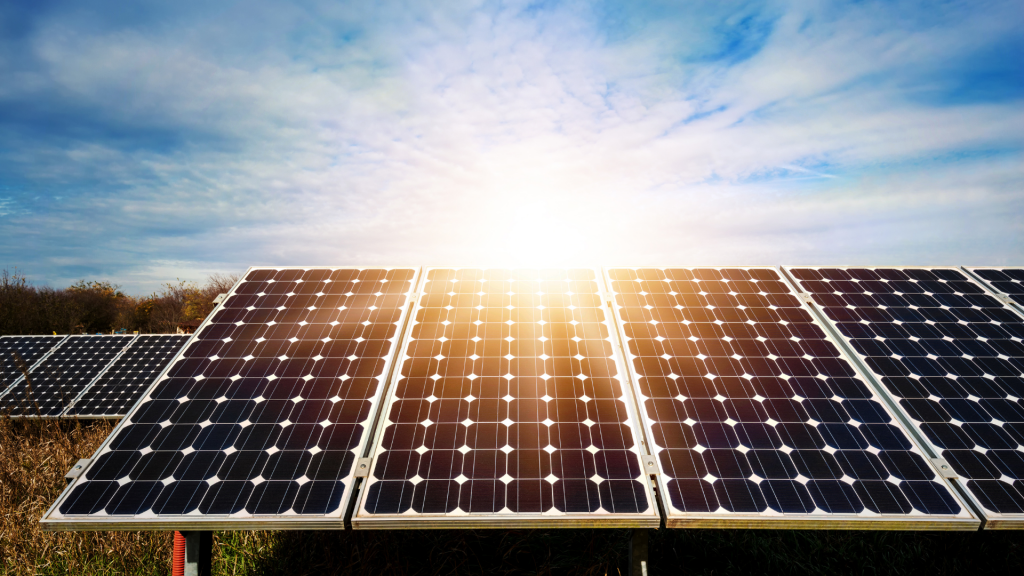Last spring, legislators in Annapolis made clear their support for community solar when they passed HB 908 to turn Maryland’s existing pilot program into a permanent program. In May 2023, Governor Wes Moore signed the bill to make sure that Maryland’s program is here to stay – and this time, with updated rules that promote both equity and deployment.
Table of Contents
What Happens To The Pilot Program?
The legislature initiated a three-year pilot program in 2015, initially capped at around 200 MW, which has since been extended to seven years and expanded to nearly 600 MW. According to the latest data from the Maryland Energy Administration, there are currently 90 projects (133 MW) in operation, with 61 under construction, 33 on hold or waitlisted, and an additional 156 in the design and development phase. While the initial program is set to sunset at the end of this year, projects that have already been allocated capacity will have the opportunity to reach commercial operation. Although deployment hasn’t been as rapid as the industry hoped, largely due to permitting and siting challenges, many more pilot projects are expected to come online in the coming years, even as the permanent program capacity begins to roll out.
When Will The Permanent Program Launch?
The bill established an uncapped Community Solar Energy Generation Systems Program to replace the pilot program, starting in 2025. The Maryland Public Service Commission (PSC) will continue to run the program and is currently working on setting up the rules. The PSC filed draft regulations and kicked off the formal rule making session during the last week of March (you can follow the process in docket RM56).
Until regulations are finalized, there will be lingering questions about the specific details of the program. However, given the quality of the legislation, we anticipate it will pave the way for a robust and inclusive future for community solar in Maryland.
HB 908 requires every project to subscribe at least 40% of capacity to qualified low- to moderate-income (LMI) households (at a minimum 10% discount) and mandates that utilities implement consolidated billing. Notably, the bill avoids setting any cap on the statewide development of community solar, continues delivering SRECs to the facilities, and includes industry-leading practices by banning credit checks and allowing for self-attestation as a method of income verification.
What Changes In The New Program?
The pilot program was capped at 580 MW, while the successor program is subject only to the existing statewide net metering cap (3 GW). Individual projects are capped at 5 MW which aligns with the updated pilot rules, but developers now have the flexibility to build projects on adjacent parcels of land and build combined facilities larger than 5 MW. That option is available if building on preferred sites, including rooftops, brownfields, parking structures, and areas zoned for industrial use. In addition, co-located projects can be as large as 10 MW if 75% of the systems serve LMI subscribers or if the land is used for agrivoltaics, which combines solar with agricultural production. The length of each project’s term has also been expanded, from 25 years of guaranteed bill credits to “until the facility is decommissioned,” though final regulations will determine exactly how long that can be.
Thanks to HB 1039, passed by the legislature in 2022, certain projects qualify for exemptions from county or municipal property tax. These include projects that pair solar with agricultural production (agrivoltaics) and those located on preferred sites. Exemptions are also available to projects smaller than 2 MW and those that deliver 50% of output to LMI subscribers at a 20% discount. Otherwise, projects are subject to county or municipal property tax on 50% of the project’s value.
The new program continues to require that projects serve at least 60% of capacity to subscriptions no larger than 200 kW but simplifies and raises the LMI carveout by mandating that every project dedicate 40% of its output to income-qualified customers. Those customers don’t need to do anything beyond filling out a self-attestation form in order to qualify, though multiple income verification methods are available to subscriber organizations: proof of participation or eligibility in assistance programs, geo-qualification, and residence in affordable housing facilities. The legislation further promotes accessibility by requiring the PSC to design rules that allow tenants of master-metered housing units to participate and making sure utilities apply monthly credits to subscribers who have opted into budget billing programs.
Even more importantly, HB 908 requires the implementation of utility consolidated billing (UCB), which continues to be the single biggest factor in whether or not a community solar program successfully delivers benefits to subscribers across the income scale. The bill was written to require that the UCB system include the purchase of receivables so that project owners can collect subscription fee revenue regardless of how timely subscribers’ utility bill payments are. However, the specific mechanics will be established via a formal process that the PSC plans to begin in April. Utilities will be permitted to collect a fee worth one percent of the bill credit value in order to pay for the development of UCB.
In addition to setting up a new billing process, Maryland’s four investor-owned utilities will have to file updated tariffs that reflect final regulations, subject to approval by the PSC. The regulations will include several new rules to support accurate billing, crediting, and data-sharing between utilities and community solar providers. Utilities will have to report billing and crediting errors to the PSC on a regular basis; there will be specific requirements to ensure bill credits are applied to subscribers’ bills in a timely manner; and regulations will dictate required data fields that utilities must provide when sharing allocation reports with community solar providers.
With bill credits tied to the retail rate, incentives driving development toward better sites, and federal funding for community solar on the way, the future of community solar in Maryland is bright.




